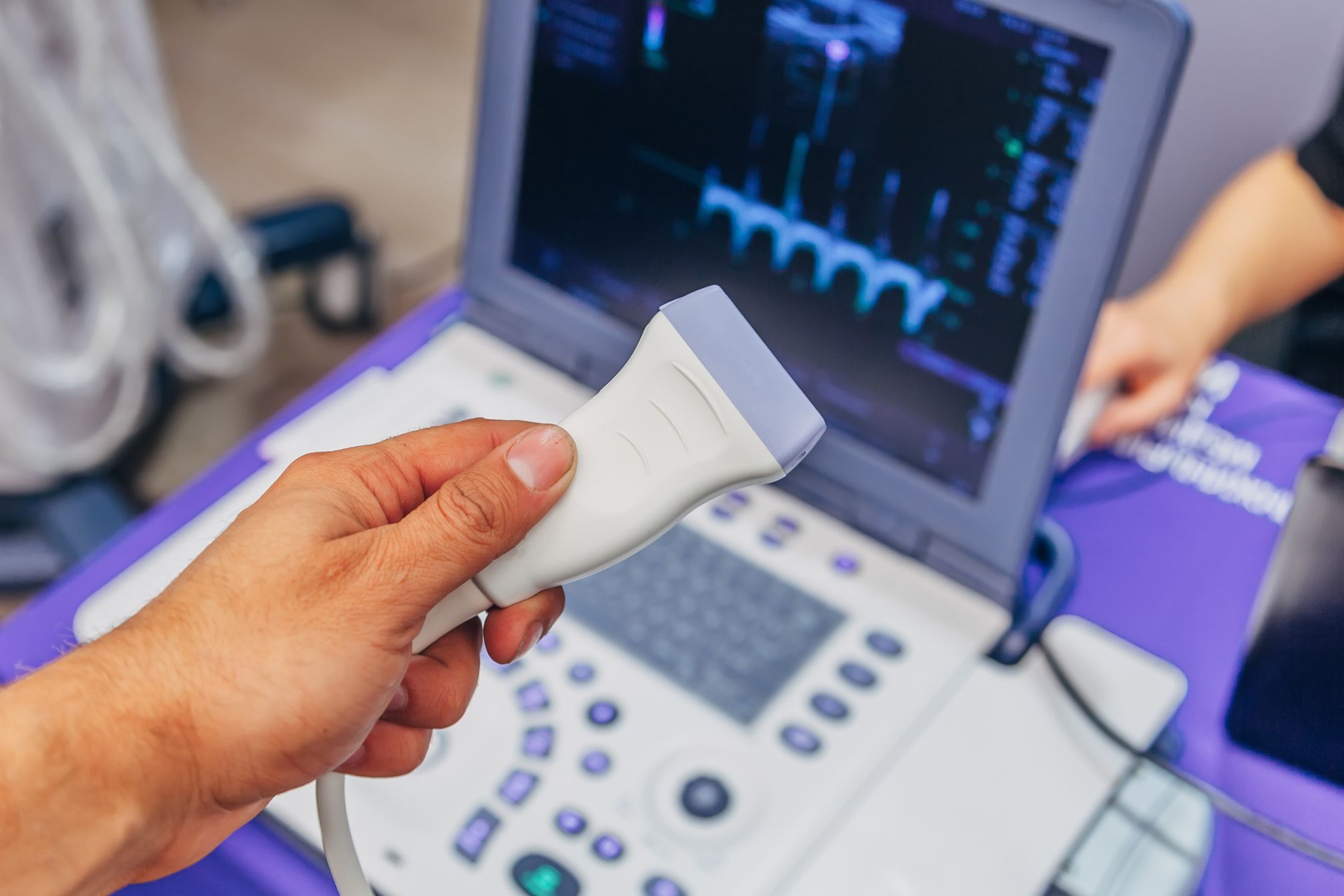The landscape of medical imaging, particularly in the field of ultrasound, is undergoing a profound transformation, thanks to the advent of artificial intelligence (AI) tools, improved connectivity, and relentless innovation. These advancements are not merely enhancing the efficiency and accuracy of ultrasound imaging but are also expanding its capabilities and applications, setting the stage for a future where diagnostics are more precise, personalized, and accessible. This comprehensive article explores the integration of AI tools, connectivity, and innovation in ultrasound, highlighting their impact on healthcare delivery and patient outcomes.
AI Tools in Ultrasound: Pioneering Precision and Efficiency
AI and machine learning have started to play a pivotal role in redefining ultrasound imaging. By incorporating these technologies, ultrasound devices are becoming more intelligent, capable of performing tasks ranging from image optimization to automated measurements and even preliminary diagnoses.
Image Optimization and Quality Enhancement
AI algorithms have the ability to analyze ultrasound images in real-time, adjusting parameters such as focus, gain, and depth automatically to produce the highest quality image possible. This not only reduces the dependency on the operator’s skill for image acquisition but also ensures consistency in image quality across different examinations and operators.
Automated Measurements and Analysis
One of the most time-consuming aspects of ultrasound imaging is the manual measurement of structures and lesions within the body. AI-driven tools are now capable of automating these measurements, significantly reducing the time required for exams and improving measurement accuracy. Additionally, AI can recognize patterns in images, aiding in the identification and characterization of diseases.
Preliminary Diagnoses
Advanced AI models are being trained to provide preliminary diagnoses based on ultrasound imagery. By comparing new images with vast databases of labeled images, AI systems can identify abnormalities and suggest possible diagnoses, thus acting as a decision support tool for radiologists and sonographers.
Enhanced Connectivity: Facilitating Remote Access and Telemedicine
The integration of better connectivity solutions in ultrasound systems is bridging geographical gaps in healthcare delivery. With cloud-based storage and tele-ultrasound capabilities, it’s now easier than ever to share high-quality ultrasound images across the globe in real-time.
Remote Scanning and Guidance
Tele-ultrasound systems enable remote experts to guide less experienced operators through complex scans, ensuring patients in remote areas have access to high-quality diagnostics. This is particularly impactful in rural or underserved regions where skilled sonographers are scarce.
Cloud-based Image Storage and Analysis
Cloud connectivity allows for the storage, retrieval, and sharing of ultrasound images from anywhere, facilitating collaborative diagnosis and treatment planning. Moreover, cloud-based AI analytics can be applied to these images, offering insights and analyses that were previously unattainable in real-time settings.
Innovation in Ultrasound: Expanding Horizons
Ongoing innovation in ultrasound technology is not only enhancing existing applications but also opening new frontiers in medical imaging.
Point-of-care Ultrasound (POCUS)
The development of compact, handheld ultrasound devices has made ultrasound accessible at the bedside, transforming the approach to diagnostics and emergency medicine. These devices, coupled with AI-driven diagnostic assistance, empower clinicians to make rapid, informed decisions in critical care settings.
3D and 4D Ultrasound
Innovations in ultrasound technology have enabled the transition from traditional 2D images to 3D and even real-time 4D imaging. This leap provides clinicians with a more comprehensive view of anatomical structures, significantly improving the diagnosis and management of various conditions, particularly in obstetrics and gynecology.
Wearable Ultrasound
Emerging technologies are paving the way for wearable ultrasound systems, potentially allowing for continuous monitoring of certain conditions outside the hospital setting. This could revolutionize the management of chronic diseases, providing real-time data that can predict exacerbations or complications.
Conclusion
The integration of AI tools, enhanced connectivity, and continuous innovation in ultrasound technology is reshaping the landscape of medical imaging. These advancements are making ultrasound more precise, efficient, and accessible, significantly improving diagnostic accuracy and patient care. As we forge ahead, the potential for further innovations in ultrasound technology seems boundless, promising a future where advanced imaging capabilities are at the fingertips of healthcare providers across the globe, ultimately elevating the standards of patient care and outcomes.










